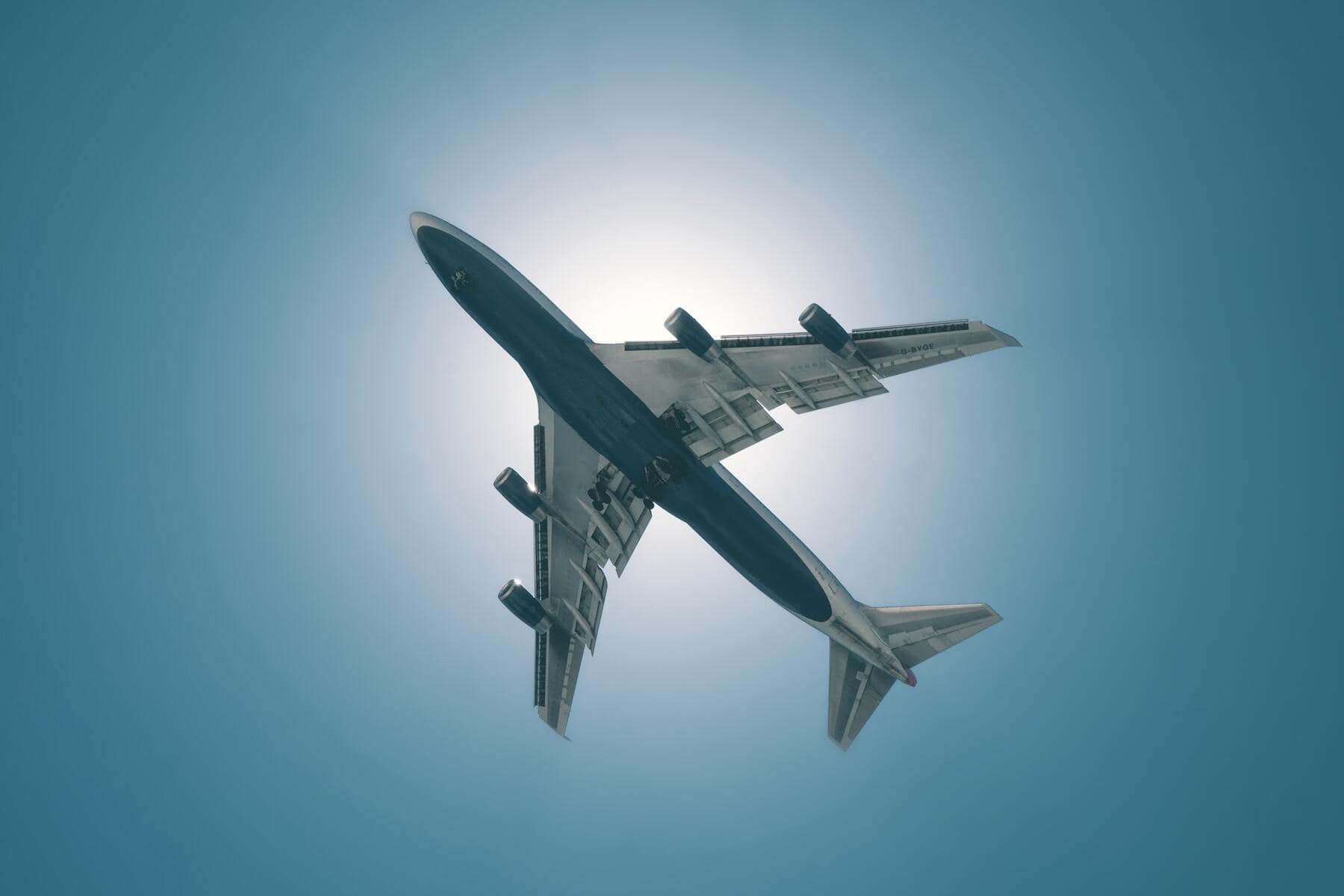Now that the Canadian border is open, there is no better time to explore the country’s natural beauty.
There are few better places suited to explore the natural world than the Canadian wilderness. From coast to coast, provinces to territories, the country is home to 48 national parks and over 100 other landmark sites. These parks preserve and protect the species within them, but are also the best way to get an intimate look at wildlife and explore the outdoors.
Canada’s national parks are home to some of the world’s best hiking trails, biking paths, and cross-country skiing, but the parks also offer unexpected activities like fruit picking, golfing, and fly fishing. There is just about something for everyone in Canada’s national parks, no matter what level of adventurer you might be.
Georgian Bay Islands National Park
WHERE: Ontario
The remoteness of these 63 islands is what helps keep them under the radar. The park is only a few hour’s driving from Toronto, but once you arrive at Honey Harbor, it can only be accessed by boat. Its breathtaking landscape of windswept rocks, trees, and open water are all part of the reason why the painting collective, The Group of Seven, was drawn to this area.
Beausoleil Island is a great place to start your adventure. The sandy beaches, accessible hiking trails, and bayside cabins are perfect ways to take in the region. If you enjoy canoeing, there are many primitive campsites throughout the park that can only be accessed by paddling.
Bruce Peninsula National Park
WHERE: Ontario, Canada
Slightly further afield from Toronto, you can find what the locals call the Bruce Trail. The crystal-clear blue waters and sweeping cliffs feel almost otherworldly, or at least like you’ve left Canada. Hiking, bouldering, and stunning views are what this park is known for.
In the winter months, there is a network of cross-country ski trails to make the trip worthwhile. Be warned, the water is bracingly chilly, even in the summer heat. After your swim, make sure to head to the quaint town of Tobermory at the end of the peninsula for some fish and chips or check out one of the region’s famous lighthouses.
Recommended Fodor’s Video
Gulf Islands National Park Reserve
WHERE: British Columbia
On the west coast, the Gulf Islands are not to be missed. Like many of the parks on this list, the Gulf Islands offer excellent hiking, biking, and camping, but what sets it apart is its wildlife and watersports. The 15 islands are home to a diverse array of flora and fauna, including orcas, sea lions, and wild lilies.
Rent a kayak to experience marine life first hand, or if it happens to be the season, visit one of the park’s 17 orchards and go fruit picking. The Mediterranean-like climate allows species to be grown, like olives, that can’t grow anywhere else in the country. The park is easily accessible by ferry from Vancouver, and many of the islands are connected by a bridge, which makes getting around simple. The area has attracted artisans for decades and has a thriving food, wine, and art scene.
Gros Morne National Park
WHERE: Newfoundland & Labrador
The Gros Morne is not only a national park, but it is also a UNESCO World Heritage site. If you’ve ever wanted to see a moose in the wild, this could be your chance. Gros Morne is home to moose, caribou, black bears, and arctic foxes. Geologically diverse, you can summit mountains, walk through bogs, and gaze at the fjords all in a single day. Hiking is the most popular activity, but for something a little different, hop on a boat tour to get a closer look at the glacier-carved fjords and waterfalls. They won’t disappoint!
Cape Breton Highlands National Park
WHERE: Nova Scotia
Hiking, biking, or walking the Cabot Trail is this park’s main attraction. The park is part of the Appalachian Mountain chain and surrounded by the Atlantic, making the views astonishing. It’s also home to great fishing where, if you’re lucky, you could catch a speckled trout or salmon.
If catching dinner isn’t on your agenda, many family-owned restaurants dot the trail where you can find everything from local Acadian food or learn how to have a seaside lobster boil. The park’s newest attraction, a 27 car gondola, makes it even easier to take in those sweeping Atlantic views.
Kootenay National Park
WHERE: British Columbia
When most think of visiting the Rockies, they usually end up at other more popular parks like Banff and Jasper, but a trip to the Kootenays is just as gratifying. This is one of the few parks that thrives more in winter than in summer due to its vibrant ski scene. You can find traditional downhill slopes like Revelstoke and Fernie, but for the more adventurous and experienced travelers, the park is home to a vast network of backcountry trails where a guide is highly recommended. After your ski, a visit to Radium Hot Springs is a must to soothe your sore muscles. For a place to sleep, check out the park’s many lodges.
Kluane National Park and Reserve
WHERE: Yukon
Found in Canada’s Yukon territory, Kulane is one of the more remote parks, but it is more than worthwhile to make the trek. If you’re one of the many people who dream of seeing the Northern Lights, then this is the park for you. Although technically visible from August through April, the phenomenon is most pronounced in the first few weeks of winter. Good thing there is plenty to do that time of year since the park is also home to cross-country ski trails and ice fishing. If you are more of a summer traveler, there is a great adventure to be had in rafting the Alsek River.
Gwaii Haanas National Park Reserve
WHERE: British Columbia
This park is composed of more than 200 small islands and is home to a UNESCO World Heritage site. The Gwaii Haanas National Park Reserve is known for its astounding wildlife and views and its preservation of Indigenous villages. There are five main sacred sites to tour, and hiring a Watchman, a local Haida guide employed by the park, is recommended.
If getting the closest look into the natural landscape is on your agenda, renting a kayak and exploring by water can find you right next to humpback whales, puffins, and dolphins. There are also guided powerboat tours for those wanting something more laidback.
Thaidene Nene National Park Reserve
WHERE: Northwest Territories
The remote Thaidene Nene National Park Reserve is found in the Northwest Territories and is a fisherman’s dream. Great Slave Lake is home to some of the world’s best fishing, and in the summer months, it can be done 24 hours a day. The name of the lake refers to the Slavey peoples, a First Nations Indigenous peoples who live in the region; their preferred name is Dene Tha’ and there’s been a push to change the lake’s name.
For most of June and July in this region, the sun never sets, allowing you to start your adventure whenever your heart desires. Another popular way to harness the vastness of the park is through a flight tour. You can hire a prop plane or helicopter to give you an aerial tour of the region. For those looking for something more low-key, berry picking is done from the summer through the early fall.
Fundy National Park
WHERE: New Brunswick
Fundy is another one of Canada’s maritime parks and is home to the world’s highest tides and rugged coastline. Hiking and kayaking are popular activities in the region, but exploring the ocean floor is unique. At low tide, you can walk onto the mudflats, either on your own or with a guide, and explore marine life, including rock crabs, periwinkles, and sea snails. If you need a destination to hike to, journey to one of the park’s more than 25 waterfalls on over 60 miles of trails. If you’re a golfer, Fundy has a 9-hole course that overlooks the Atlantic; it’s not a bad way to catch one of those spectacular views.






